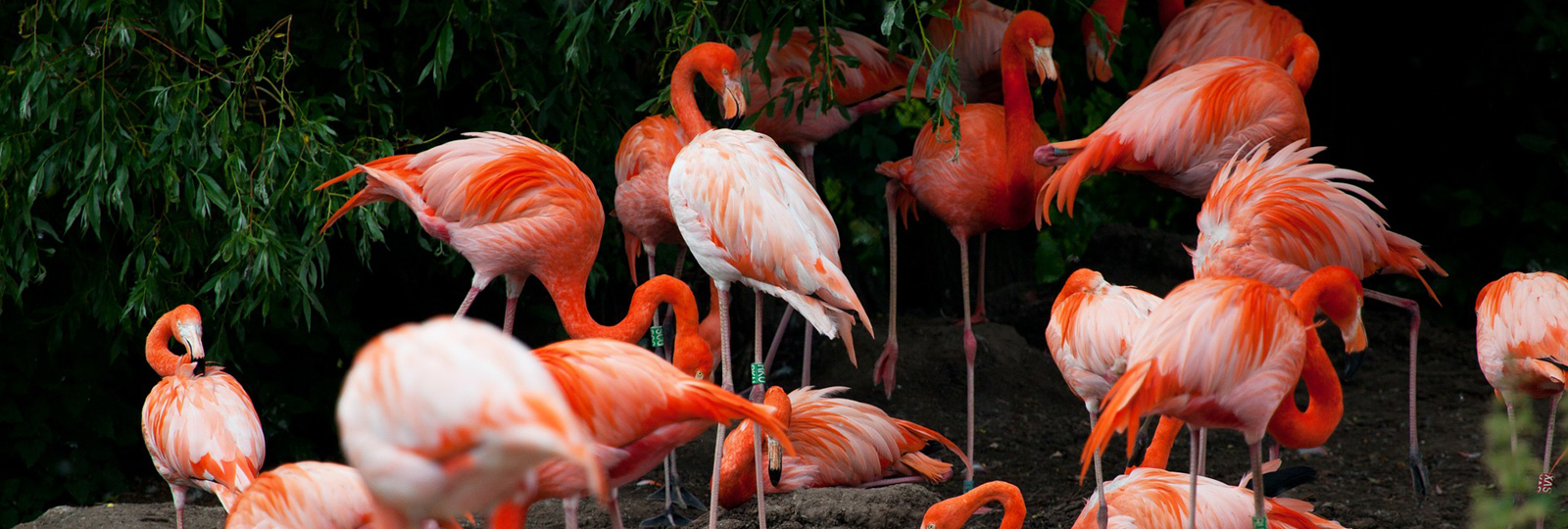
A Comox Valley aviary raising budgies, cockatiels, canaries, finches, quail, parrotlets, and. Although it was not significant, early access to litter had a non-significant tendency to reduce the prevalence of feather pecking. Flocks of Feathers, Black Creek, British Columbia. The meaning is that beings (typically humans) of similar type, interest, personality, character. No other factor had a significant effect in these models. Birds of a feather flock together is an English proverb. Furthermore, early access to perches decreased the prevalence of cloacal cannibalism during the production period, odds ratio 0-46 (P=0.03). cloacal cannibalism and feather pecking in commercial flocks of loose. It is actually an old English proverb meaning people will sort themselves into communities of like-minded individuals. The sample population was 120 385 laying hens from 59 flocks of various hybrids at. The saying noted above originally had nothing to do with birds or animals. Access to perches from not later than the 4th week of age decreased the prevalence of floor eggs during the period from start-of-lay until 35 weeks of age, odds ratio 0-30 (P<0-001). In his column this week Charlie Fineran refers to that old saying, Birds of a feather flock together. For Nettex Equine, brewers Yeast, Nettex Poultry, Verm-X and Nettex Pet supplies. Nettex Anti Feather Pecking Spray 250ml £6.60 Nettex Anti Feather Pecking Spray 500ml £10.99 Twitter Instagram Facebook Rss Youtube. It results in feather damage and loss which. Nettex Anti Feather Pecking Spray Nettex Poultry Nutri Drops Premium Grade equine Brewers Yeast. No significant correlations were found between the prevalence of floor eggs, cloacal cannibalism and feather pecking. Injurious pecking is a term that covers a group of maladaptive behaviours which can occur in laying hen flocks.


Odds ratios were calculated from the results of the models to allow risk assessment. The task of grouping data points into groups (clusters) such that points in a group are more similar to. In addition to early access to perches or litter, models included hybrid, stocking density, group size, housing system, age at delivery, identical housing system at the rearing farm and at the production farm and, in models for floor eggs and cloacal cannibalism, nest area per hen. Clustering: Birds of a Feather Flock Together. Logistic regression modelling was used to test the effects of selected factors on floor eggs, cloacal cannibalism and feather pecking. The sample population was 120 385 laying hens from 59 flocks of various hybrids at 21 different farms. Effects of rearing conditions on behavioural problems were investigated in a cohort study of commercial flocks of laying hens housed in 2 different loose housing systems.


 0 kommentar(er)
0 kommentar(er)
